Best Galaxy Note 20 alternatives — five great phones that cost less
These phones offer the Galaxy Note experience without the Note price tag
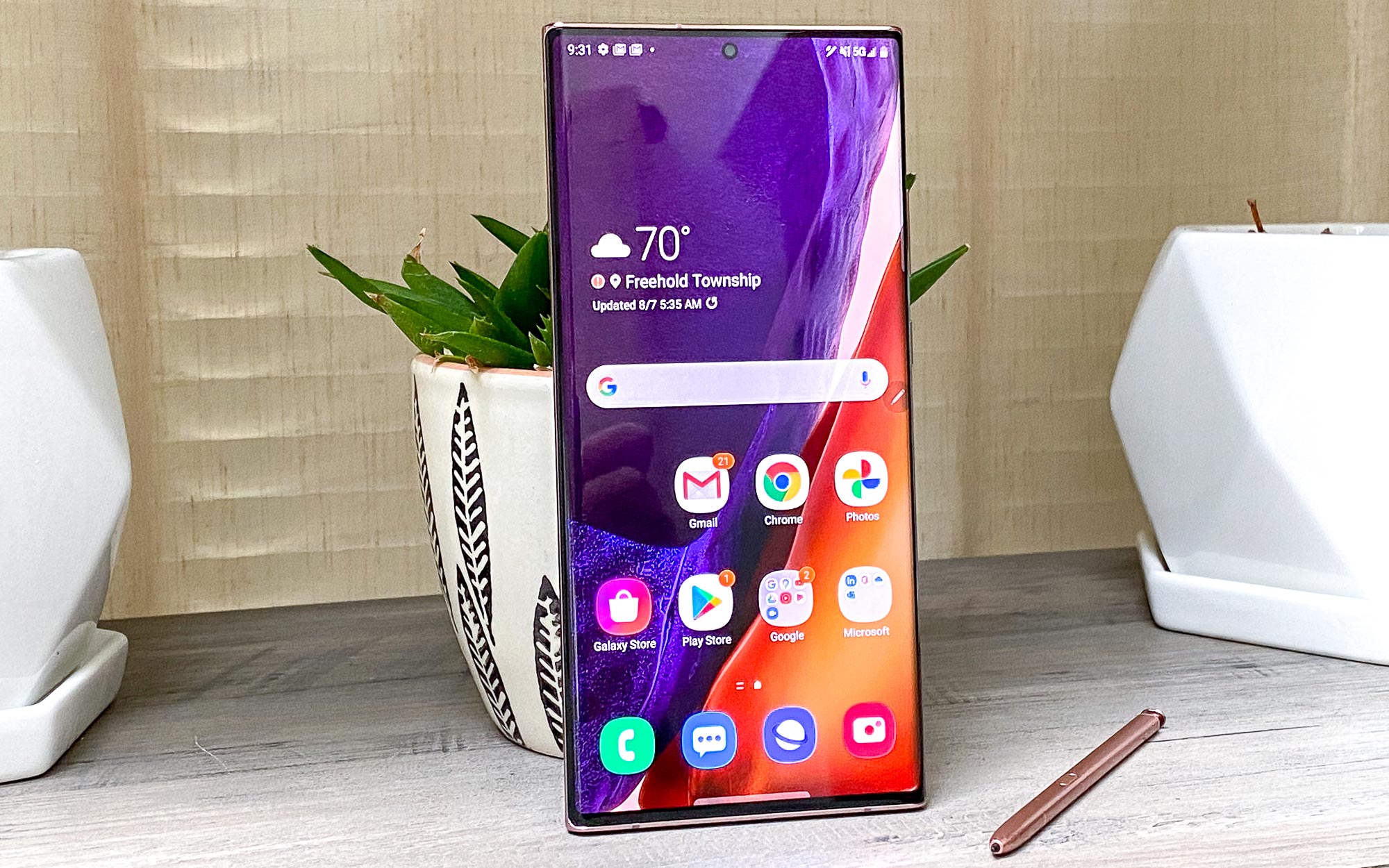
The Samsung Galaxy Note 20 Ultra is very good — and it's also very expensive. It starts at $1,299 for a device with 128GB of storage, and if you want more than that, you'll have to drop $1,449 on a 512GB model.
Then again, it's not hard to see why the Note 20 Ultra is so pricey when you take account of everything it offers. There's the phone's 6.9-inch AMOLED display with a dynamic 120Hz refresh rate; a state-of-the-art Snapdragon 865 Plus processor; a versatile triple-camera system; and of course, the productivity-focused S Pen.
While you'd be hard pressed to find that exact blend of specs and features in another device, the good news is that you can get at least some of them in other handsets for less than what a Galaxy Note 20 Ultra will cost you. Here, we've highlighted the best Galaxy Note 20 Ultra alternatives on the market that rival the new Note's phenomenal hardware and software, while keeping more cash in your wallet.
- The best big phones: Other Galaxy Note 20 alternatives
- Best Samsung phones: Galaxy devices at every price
- Just in: Samsung reportedly killing Galaxy Note line
OnePlus 8 Pro
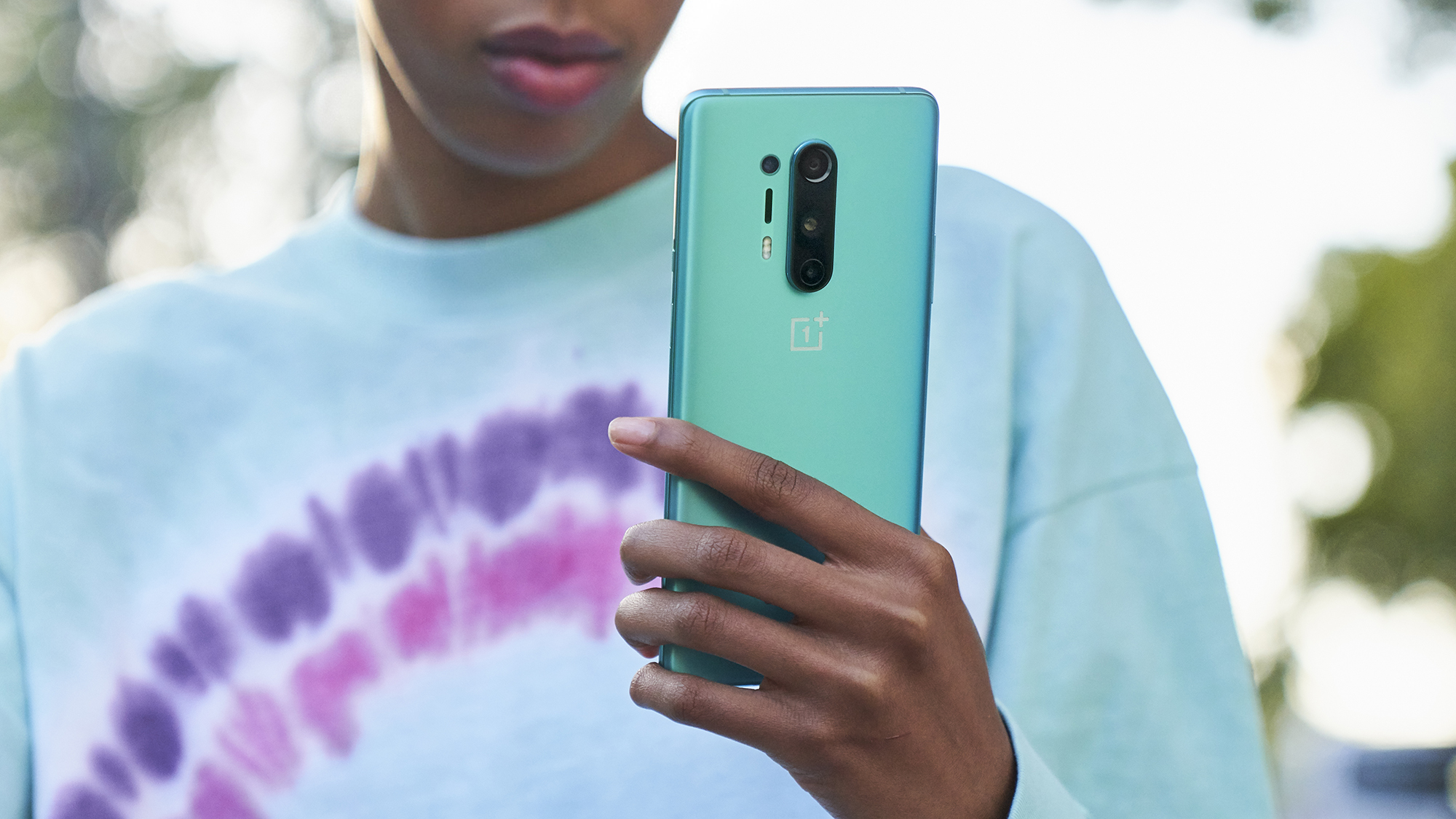
The OnePlus 8 Pro is a very attractive Note 20 Ultra alternative because it comes strikingly close to equaling Samsung's new phablet in a multitude of respects, while costing $300 less. You can spend as little as $899 on the OnePlus 8, and you'll still get a 120Hz display, Snapdragon 865 chipset, 5G connectivity and a 4,510-mAh battery that's about the same capacity as in the Note 20 Ultra.
In fact, the OnePlus 8 Pro lasted more than a half hour longer in our custom battery test compared to the Note 20 Ultra, totaling 11 hours and 5 minutes, compared to the Note 20 Ultra's 10 hours and 26 minutes. The OnePlus 8 Pro also charges more quickly, whether you're talking wired or wireless, than the Note 20 Ultra, thanks to OnePlus' proprietary Warp Charge 30T technology.
Some of what you'd lose by opting for the OnePlus 8 Pro really isn't all that worrisome. The standard Snapdragon 865 might be a shade behind the newer Plus iteration, though you're not likely to notice a difference. The OnePlus 8 Pro doesn't sport a dynamic refresh rate either, though in our testing, the Note 20 Ultra wasn't noticeably more efficient because of the panel's dynamic nature, so we don't see that as a huge loss.
Primarily, what you truly miss in the OnePlus 8 Pro are the Note 20 Ultra's phenomenal cameras and stylus. The OnePlus 8 Pro's shooters aren't bad by any stretch, but they don't deliver as consistently pleasing shots as Samsung's device, nor do they rival the Note 20 Ultra's 108-megapixel resolution or 5x optical zoom capabilities.
Get instant access to breaking news, the hottest reviews, great deals and helpful tips.
All that said, if you're not sure how much you really need the S Pen and you're not as concerned with photo quality, the OnePlus 8 Pro is a very smart alternative to the Galaxy Note 20 Ultra.
Read our full OnePlus 8 Pro review.
Samsung Galaxy S20 Plus

Samsung makes many smartphones these days, so it's not surprising that one of the finest Note 20 alternatives out there would come from within the same company. The Galaxy S20 Plus is a similarly complete package, much like the Note 20 Ultra, but commands $100 less.
The Note 20 Ultra is a better device across the board, it has to be said. The S20 Plus' 6.7-inch display lacks the ability to adjust its refresh rate on the fly to adapt to on-screen content, its cameras aren't as compelling, and the Note's signature S Pen is missing here. For what it's worth, the S20 range still supports DeX mode for a makeshift desktop experience, though until Samsung issues an update, you need a cable to use that interface; the Note 20 and Note 20 Ultra, conversely, can run DeX over Miracast, with a compatible display.
All that said, the S20 Plus is still flush with high-end hardware and largely the same software experience as on the Note 20 Ultra; it's just a little bit worse in some respects. In exchange, the Galaxy S20 Plus is a little bit cheaper, and we think that makes it a worthy choice for potential buyers reeling from the Note 20 Ultra's sticker shock.
Read our full Samsung Galaxy S20 Plus review.
Samsung Galaxy Note 10 Plus
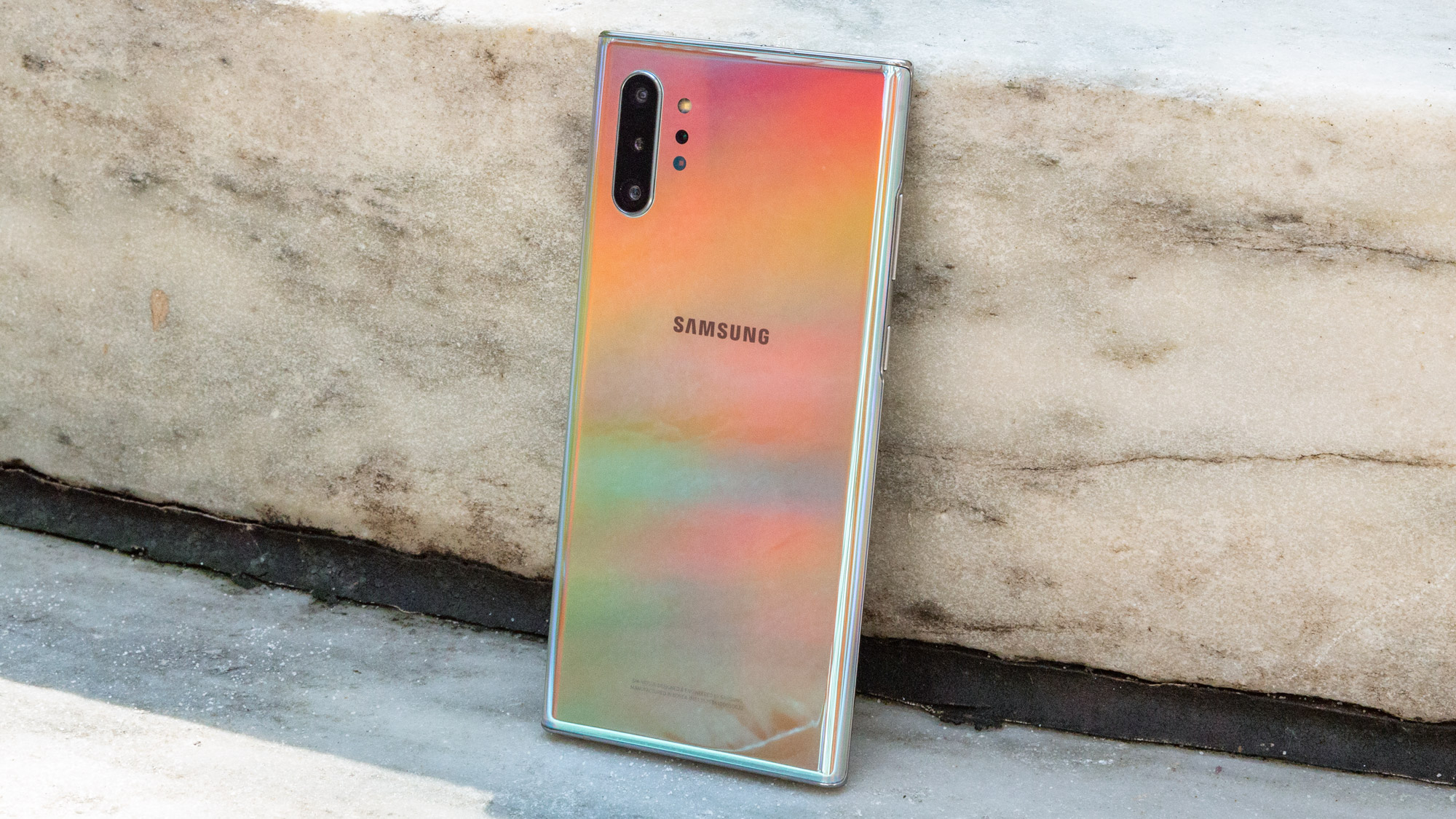
It may seem counter-intuitive to nab a Galaxy Note 10 Plus at the very moment the world is fawning over its replacement, but Samsung has made its now-obsolete foldable an even more compelling buy in the wake of the new model.
The Note 10 Plus starts at $1,099 ordinarily, but if you trade in your existing device, you can drop the price of the phablet down to $849. And while the Note 10 Plus has no answer to the Note 20 Ultra's 108MP main camera, 5x optical zoom, 120Hz refresh rate or 5G connectivity, it's still a might-powerful workhorse with a stylus of its own. In fact, the Note 10 Plus comes with double the storage of the Note 20 Ultra standard, at 256GB.
As for all those cool new features the Note 20 benefits from — like the ability to sync recordings with notes, wireless DeX mode, Pro Video recording and Anywhere Actions for S Pen navigation — it seems as though the Note 10 and Galaxy S20 series will inherit a great many of them in upcoming software updates, based on a new report from SamMobile. In other words, Note 10 buyers today may lose out on the Note 20 Ultra's lower-latency display, slightly more powerful processor and slightly better cameras, but they won't miss out on the Note 20's software.
Furthermore, with Samsung committing to three Android version updates for its flagship phones, including the Note 10 line, you can be sure buying last year's phablet won't put you at a massive disadvantage in terms of software and security support.
Read our full Samsung Galaxy Note 10 Plus review.
Google Pixel 4 XL
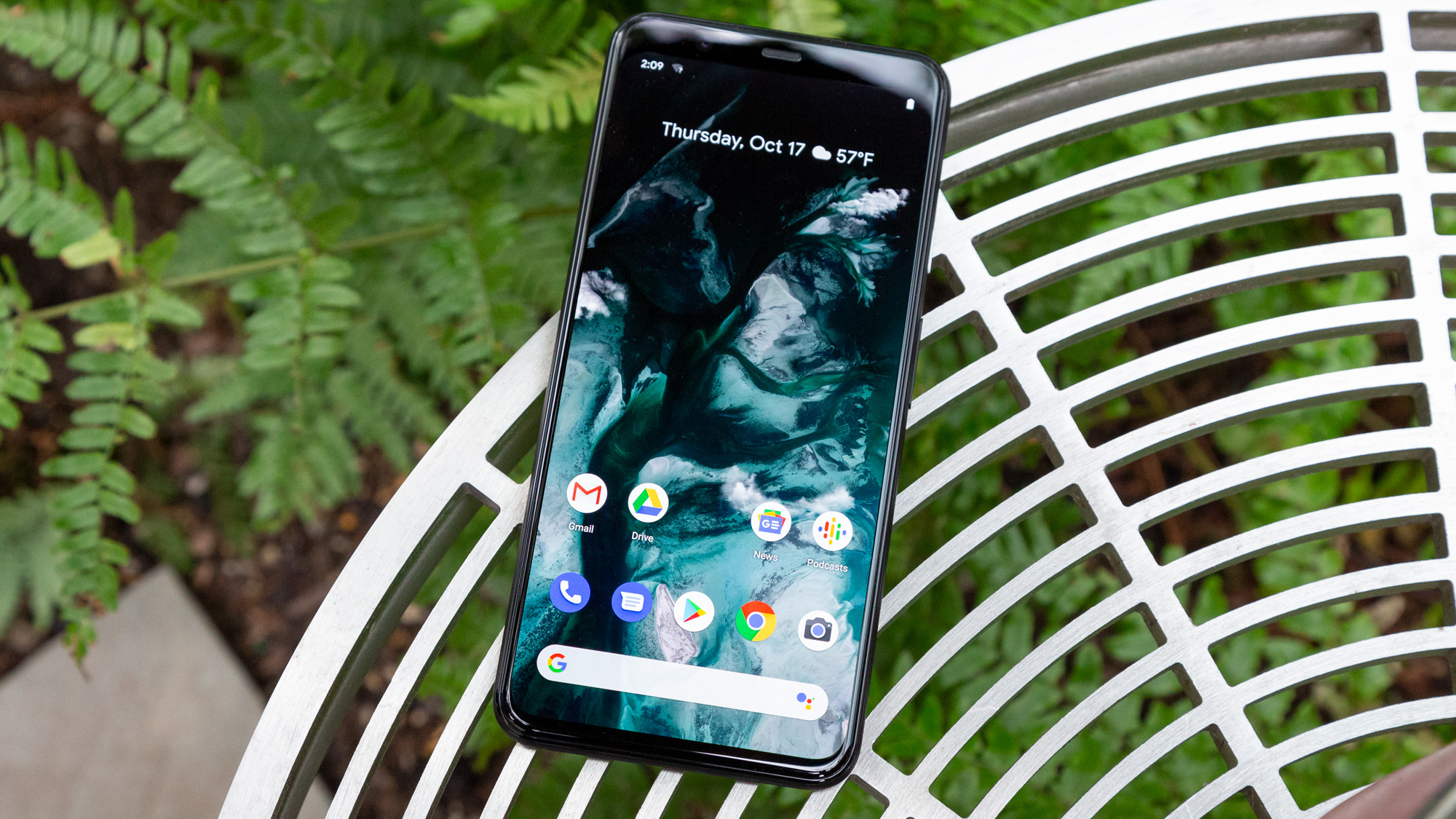
This might be a bit of a surprising inclusion on this list, given that the Pixel 4 XL will soon be replaced with Google's upcoming Pixel 5. However, the next premium Pixel reportedly won't come with an accompanying XL variant, and it also won't be as powerful as the existing model, as Google has been long rumored to make hardware concessions to sell its flagship phone at a lower price.
The Pixel 4 XL's 90Hz refresh rate isn't as smooth as the Note 20 Ultra's 120Hz panel. The Pixel's battery is much smaller, at 3,700 mAh, and its 6.3-inch panel pales greatly in size to the gargantuan 6.9-inch display on the Note 20 Ultra. That said, the Pixel 4 XL delivers some features we wish the Note 20 Ultra had, like 3D Face Unlock that is much faster than Samsung's in-screen fingerprint sensing.
And while the Pixel 4 XL doesn't offer the ability to annotate notes with audio recordings as the new S Pen can, it can transcribe audio on the fly using the Google Recorder app — which some might argue is even more useful.
But there are two very good reasons why the Pixel 4 XL functions as a Note 20 Ultra replacement: it's got cameras that are just as good in some respects, and it's a hell of a lot cheaper. Like the OnePlus 8 Pro, the Pixel 4 XL starts at $899. While you unfortunately will have to spend $1,000 for a 128GB version, even that translates to $300 savings compared to the Note 20 Ultra.
As for photography, the Pixel 4 XL's dual 12MP and 16MP cameras may not seem like an adequate stand in for the Note 20 Ultra's triple-lens system, and you do miss out on an ultrawide perspective with Google's device. However, Google makes up for some of that with the best computational photography in the business, thanks to features like HDR+, Night Sight and Super Res Zoom that uses artificial intelligence to punch up digital zoom, making it almost look as good as optical. It's quite possible the Pixel 4 XL could see discounts before it's gone for good; Google has already slashed the phone's price multiple times throughout 2020. If it does so again, it's definitely worthy of your consideration.
Read our full Google Pixel 4 XL review.
Moto G Stylus
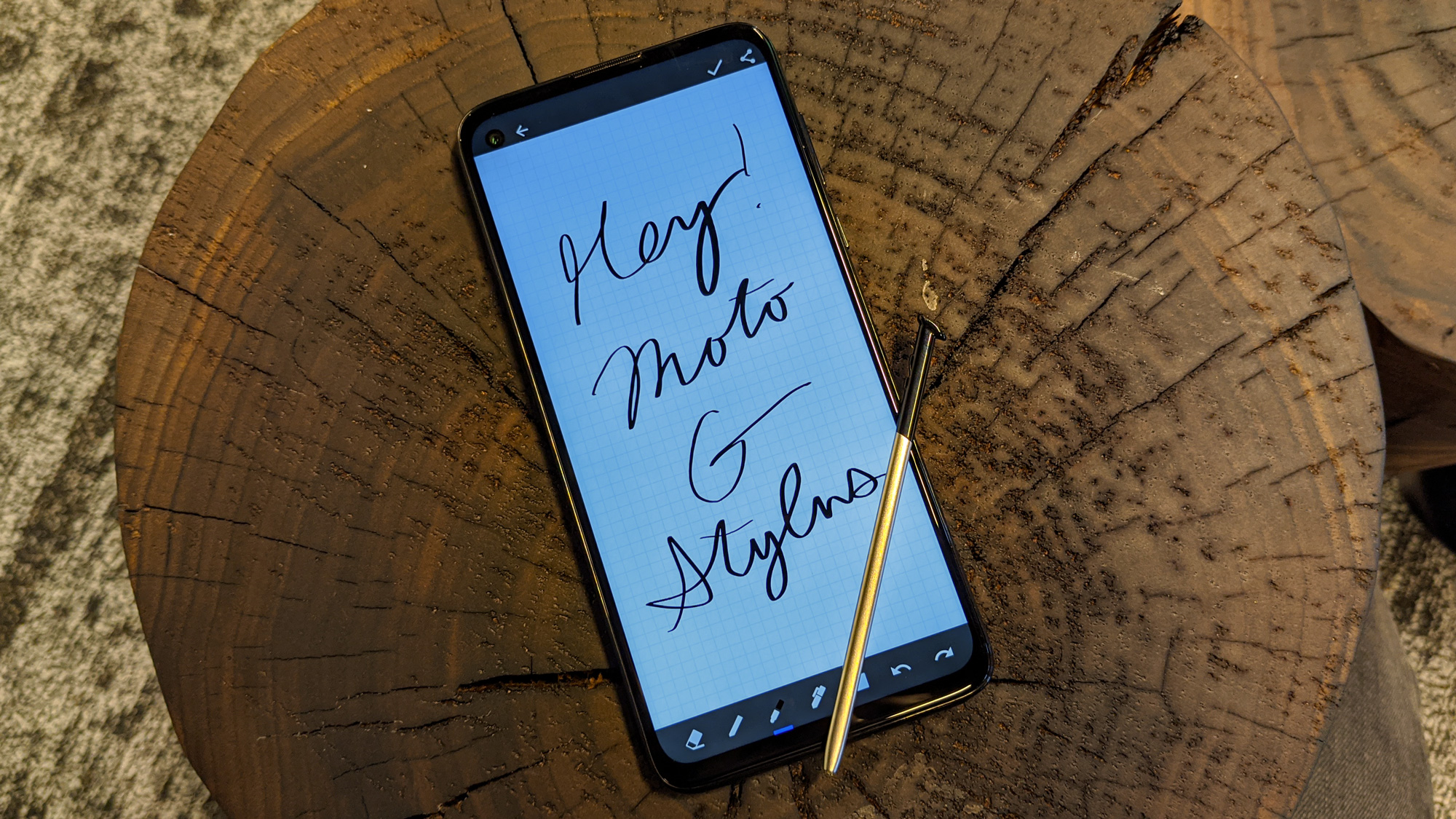
If you're enamored with the Note 20's S Pen but less so with its four-digit price tag, the Moto G Stylus might just be what you're looking for. This 6.4-inch Motorola handset comes with a stylus of its very own, that also slots right into the phone's body. However, it costs just $299 — either $700 less than the regular Galaxy Note 20 or a full $1,000 less than the Note 20 Ultra.
Of course, you can expect a great many concessions in a device that costs less than a third of what Samsung's phablets do. The Moto G Stylus is several times less powerful than the Note 20 range, has three cameras that take photos that are far less impressive, and is made out of plastic (and not plastic that even necessarily looks or feels like glass, in the case of the regular Note 20). And while Motorola's stylus does allow you to draw and take written notes, it's literally an ordinary, dumb stylus. It contains no wireless connectivity and no special features — it's merely a writing utensil and pointing device.
However, there's one area where the Moto G Stylus doesn't merely match the Note 20 Ultra — it destroys it. Motorola's device has a 4,000-mAh battery that lasted an impressive 12 hours and 13 minutes in Tom's Guide's battery test. That's nearly two hours better than Samsung's $1,299 flagship, which should at least guarantee you won't sacrifice on battery life even if you sacrifice on a whole lot of other things with the Moto G Stylus.
Read our full Moto G Stylus review.
Galaxy Note 20 alternatives: Bottom line
None of these devices match the Galaxy Note 20 Ultra in every regard, but they do offer opportunities to get in on choice features and hardware, while also allowing you to save some cash. Plus, it must be said that there are new phones on the horizon — looking at you, iPhone 12 Pro — that could also best the Note 20 Ultra in notable ways.
There's also the $999 Samsung Galaxy Note 20 to consider, which we've yet to review. On paper, the Note 20 gives up some of the Note 20 Ultra's most exciting features, like its 120Hz adaptive refresh rate, some of its camera lenses and sensors, its metal-and-glass design as well as its improved 9ms S Pen latency. In losing all of that, the smaller Note 20 costs $300 less than the Note 20 Ultra, making it a formidable Note 20 Ultra alternative in its own right.
Adam Ismail is a staff writer at Jalopnik and previously worked on Tom's Guide covering smartphones, car tech and gaming. His love for all things mobile began with the original Motorola Droid; since then he’s owned a variety of Android and iOS-powered handsets, refusing to stay loyal to one platform. His work has also appeared on Digital Trends and GTPlanet. When he’s not fiddling with the latest devices, he’s at an indie pop show, recording a podcast or playing Sega Dreamcast.
